We’re excited to introduce you to the always interesting and insightful Hamilton Williams. We hope you’ll enjoy our conversation with Hamilton below.
Hi Hamilton, thanks for joining us today. Earning a full time living from one’s creative career can be incredibly difficult. Have you been able to do so and if so, can you share some of the key parts of your journey and any important advice or lessons that might help creatives who haven’t been able to yet?
I started my ceramics career right out of college with only the vaguest idea of how to manage and operate a business. The early years were full of trying things out to see what worked and building off of the efforts that were successful. The two biggest challenges were putting together a cohesive product line of pots and figuring out where I could most successfully sell my work. At the time that I finished college, I had a motley assortment of pottery work that did not necessarily work together as a collection. Creating a product line meant adapting some of those pieces to share similar visual elements and then creating new pieces to fill in the gaps. The designs evolved over time, guided by my own sense of what ‘works’ but also informed by what pieces the public seemed most drawn to. I built my initial sales by participating in craft shows and festivals during weekends. Selling at shows required a lot of effort and time, but direct sales to customers where I could hear their direct feedback provided valuable insight that I don’t believe I would have achieved in any other way.
Participating in shows also introduced a number of shop and gallery owners to my work, and I began to shift my sales away from retail shows toward wholesale to shops. That transition made my work life much easier and led to a healthier bottom line. Every time I dropped a show in favor of taking on a new shop, I exchanged retail prices for my work for wholesale prices, but I also let go of the expense of participating in shows, the booth fees, the travel, and especially the lost work time. I was able to focus more in the studio without having to spend time packing and unpacking for the next weekend show. My work began to blossom more.
One of my regrets during the early years was not looking for an apprenticeship with a more established potter or at least taking additional classes at some place like Penland School of Craft or John C Campbell Folk School. I believe I would have made greater strides in developing as an artist, and I think it likely I could have built my business with greater speed. I always intended to pursue such opportunities, but always a little later when I had more time and a little more money.
After transitioning my business mostly to a wholesale model, I realized I needed more space to increase production and build the business. Up to that point, I worked out of an old concrete block building with a shed roof and no insulation, and I was struggling to push more work through the already crowded space. Seeking out more space ultimately led me to my current location in Downtown Morganton. The initial plan at the new building was to outfit half of it as a pottery studio with a small display in the front window while renting out the two retail spaces that comprised the other half of the building. As the project moved forward, however, I decided to take on one of the retail spaces to sell my work and later the second retail space as well when I realized I could take on the work of other artists and artisans. These decisions led to the creation of Hamilton Williams Gallery, which has had some reasonable success over the last ten years. They also led to an overall decrease in my pottery production and ultimately led me to give up my wholesale business. The time demands of the gallery have been greater than I imagined, even with additional help. The more successful the business becomes, the less time I have to devote to studio work. I’ve recently been planning to restructure how I operate the business so that I can devote more time to developing and making new work, but it is a slow process.
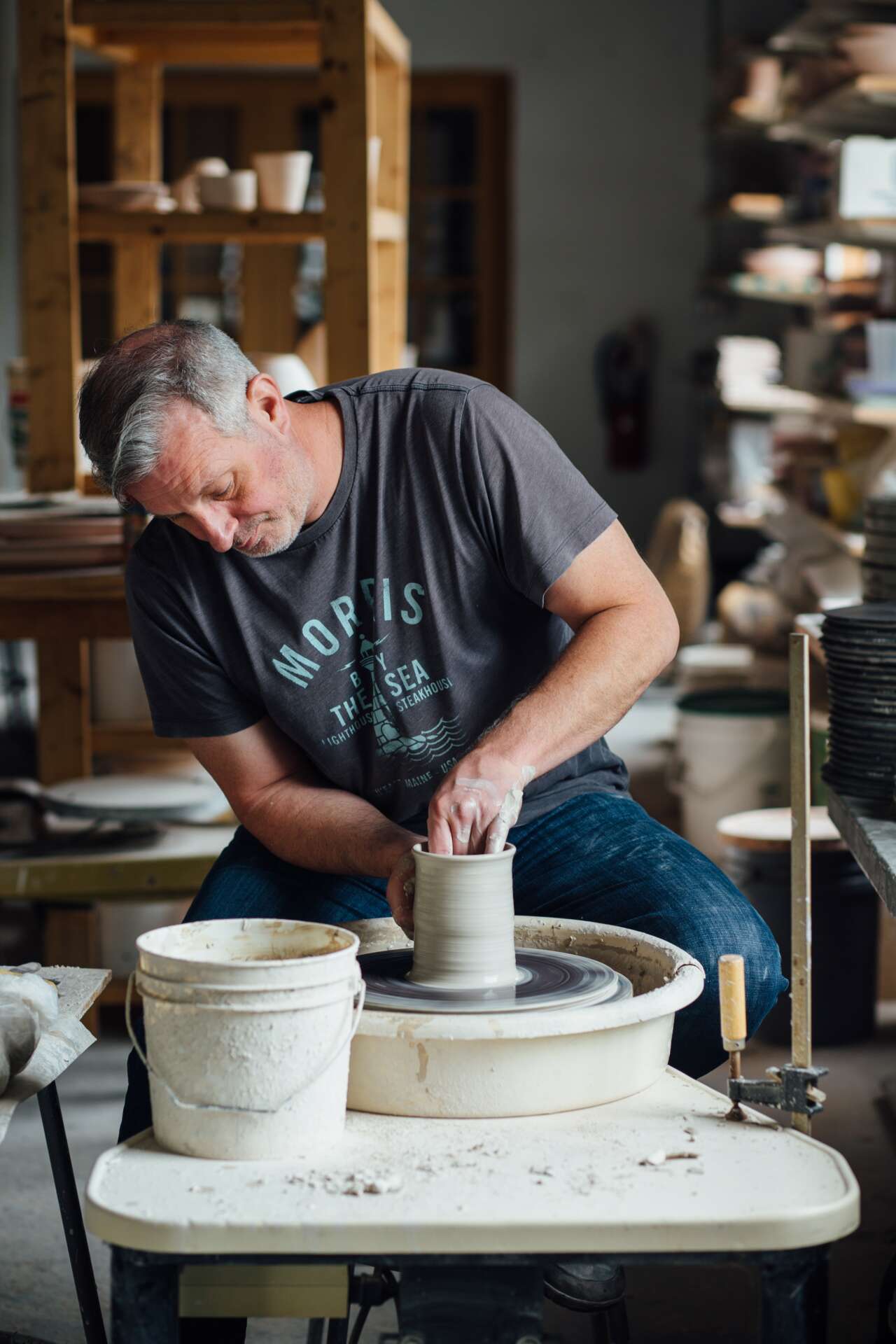
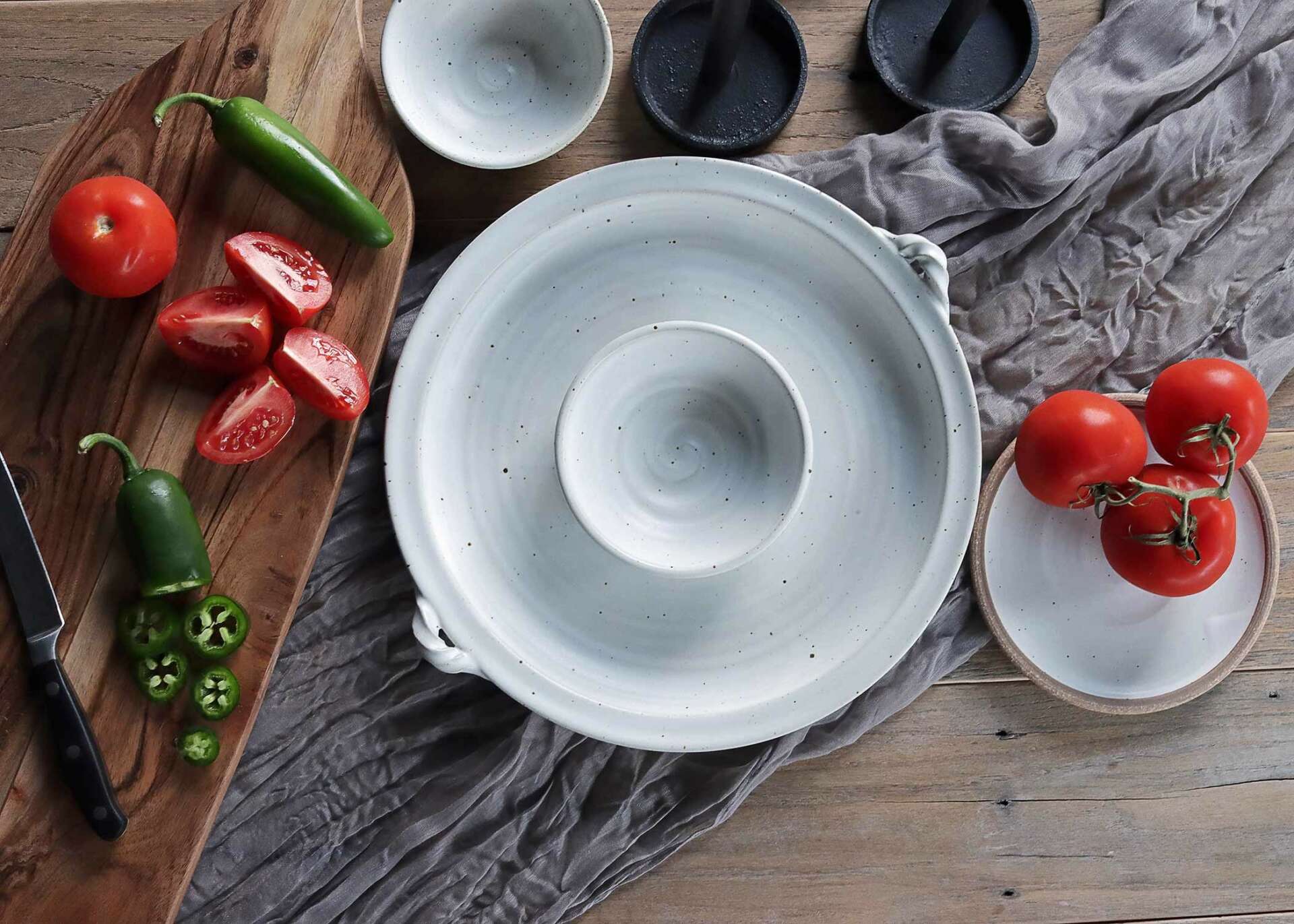
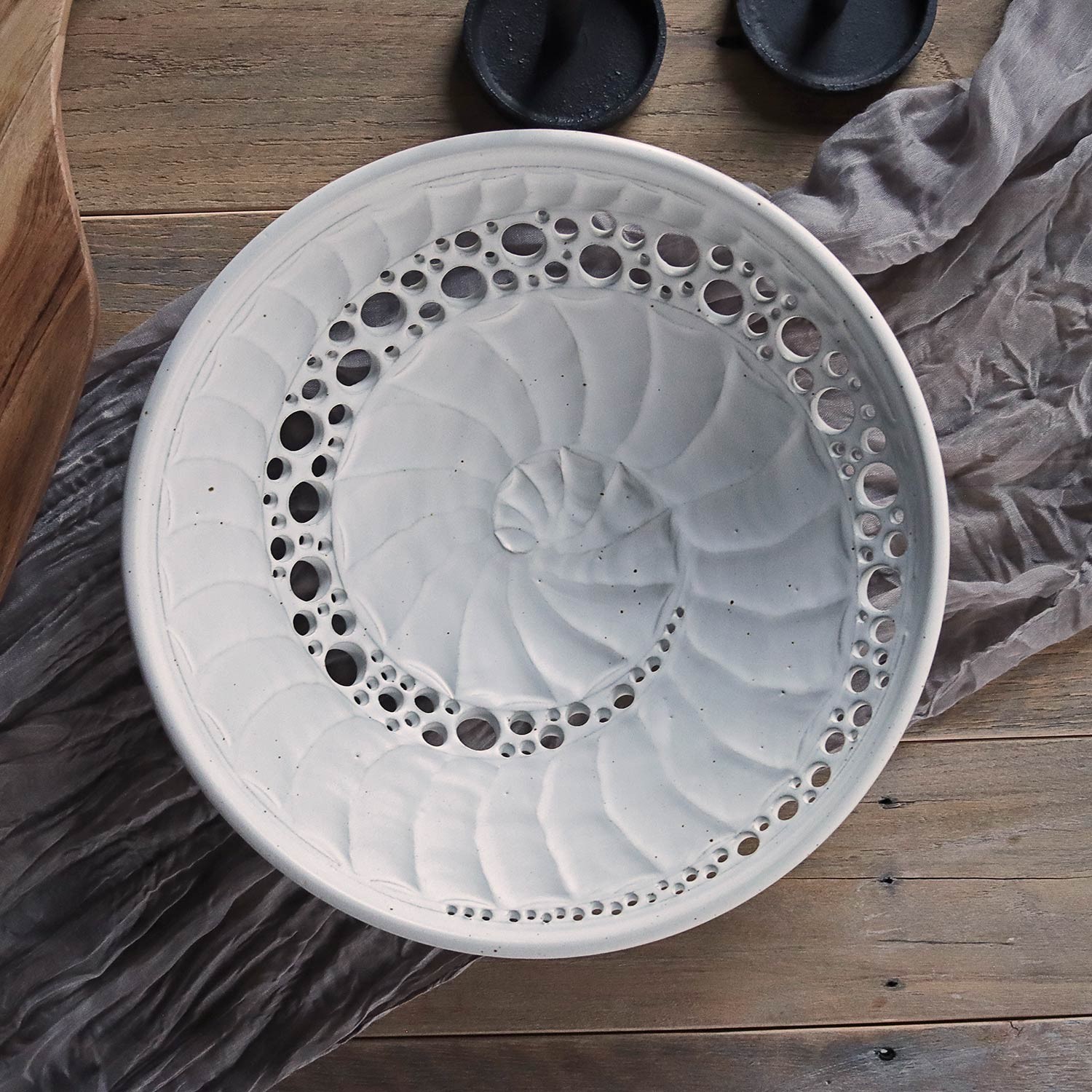
As always, we appreciate you sharing your insights and we’ve got a few more questions for you, but before we get to all of that can you take a minute to introduce yourself and give our readers some of your back background and context?
Before I became a potter I had no idea that being a potter was even an option. My concept of craft while growing up was that craft was a hobby that people did on the side. Though I was fascinated with Roy Underhill’s “The Woodwright Shop” on PBS and the Foxfire book series, I thought pottery and weaving and the like were the jobs of “back then.” I always had a love of making things and creating spaces, though, and as I got into high school that affinity became a desire to go into architecture. As I got into college and studied design, I was fascinated by the ceramics classes and eventually took one as an elective. It wasn’t long, perhaps weeks, before I was completely enamored with pottery and ceramics. I mostly abandoned thoughts of architecture and threw myself wholeheartedly into making a career as a ceramic artist. A great portion of the appeal of ceramics is the making of things, especially working on the potter’s wheel, but I also love how ceramics reaches so far back into history and culture. In some ways, a study of the development and history of ceramics is also a study of human development. Starting out as a ceramic artist, I had an equal interest in making pottery vessels that people could use in daily life and in creating architectural ceramics such as tile, archways, and sculptural brick. Pottery seemed the easier place to get started, so I put architectural ceramics on the back burner until I established my business. Over time, I’ve developed a pretty broad range of functional and decorative pottery, ranging from simple mugs and bowls to tableware to wall-hanging pieces and using a variety of glaze surfaces. Ten years ago I opened my gallery and took on selling the work of other artists as well as my own, bringing with it a whole new set of responsibilities. For all the years I’ve been a ceramic artist, a lot of my focus has been on building the business and generating income, letting more ambitious creative pursuits linger in the background. I find myself wondering more and more if the time has come to pursue some of those ideas and figuring out how to make room in my work life for that endeavor.

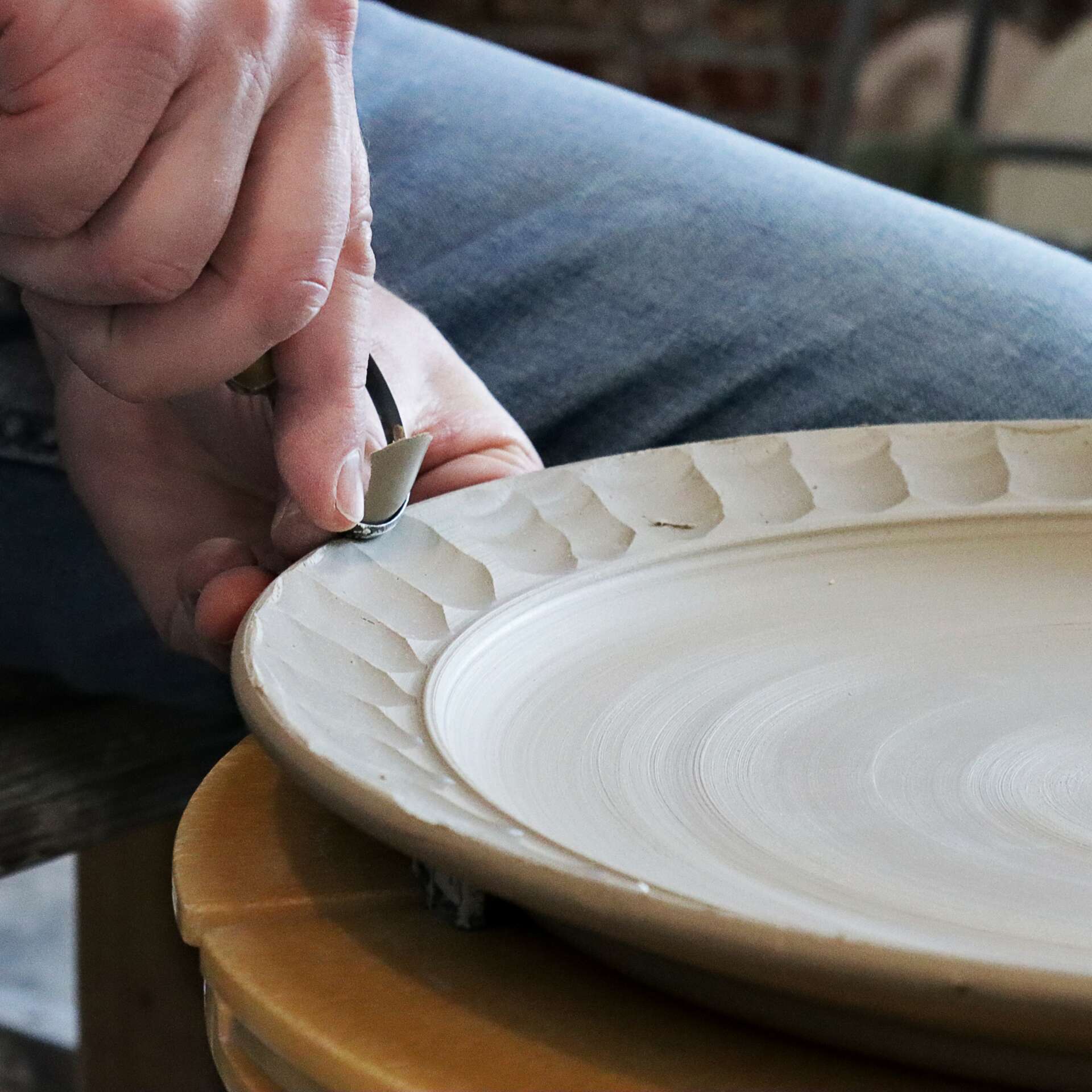

What’s a lesson you had to unlearn and what’s the backstory?
Throughout my life, I’ve always had a strong inclination toward self-reliance. I value learning new skills and utilizing them to build a better business and a better life. I’m also personally most productive when I am alone and can achieve deep focus on the task at hand. This approach served me well in the early years when I had plenty of time and fewer financial resources. But as my business grew, and especially after opening the gallery, it became increasingly clear that my DIY approach ceased to be a total asset and became more of a liability. I spent many years developing a business model that depended too heavily on my own skill set and found that the growth of the business would be severely limited unless I changed my approach. Learning to delegate and rely on the expertise of others has been, and continues to be, a difficult lesson to learn. The continued growth of the business, however, demands it.
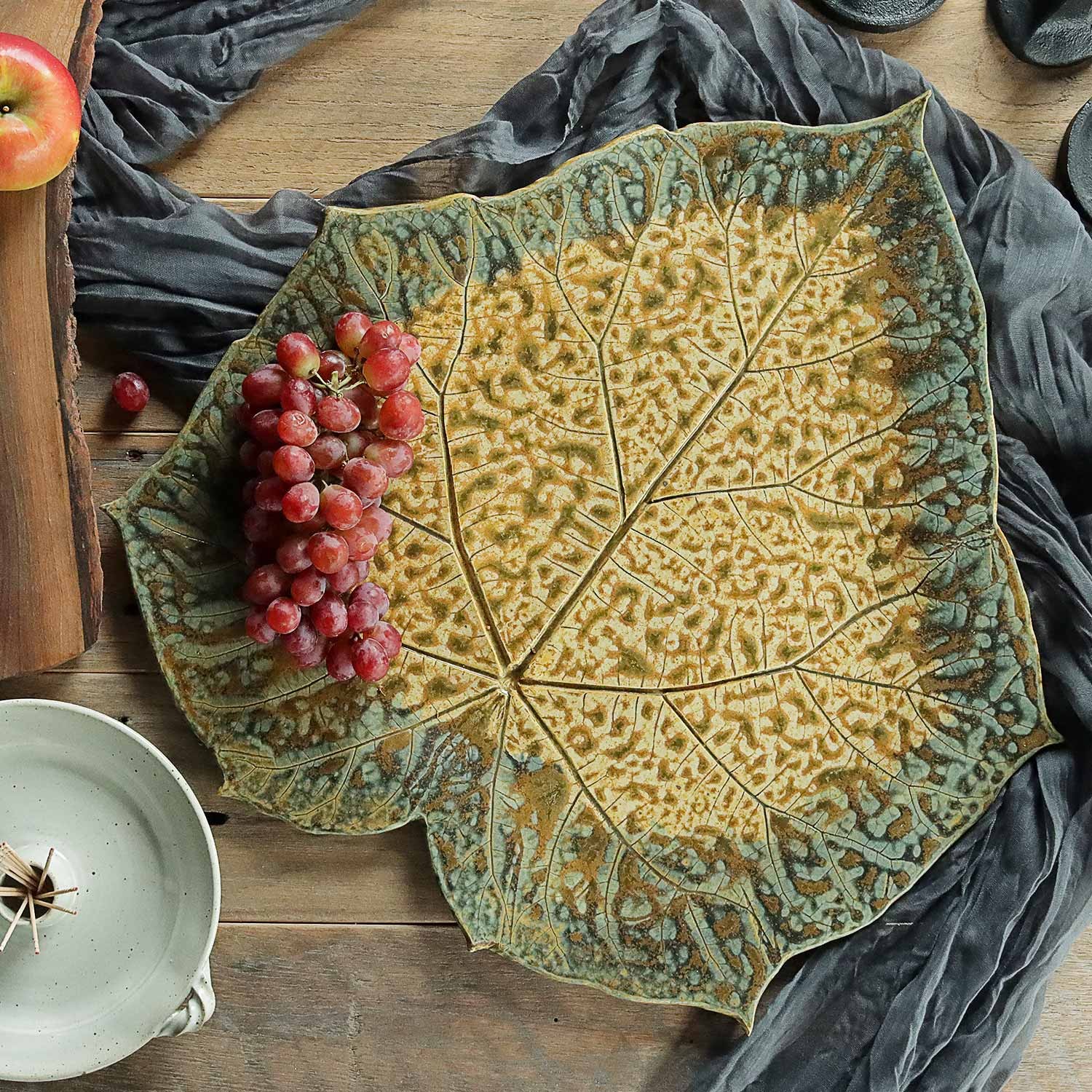
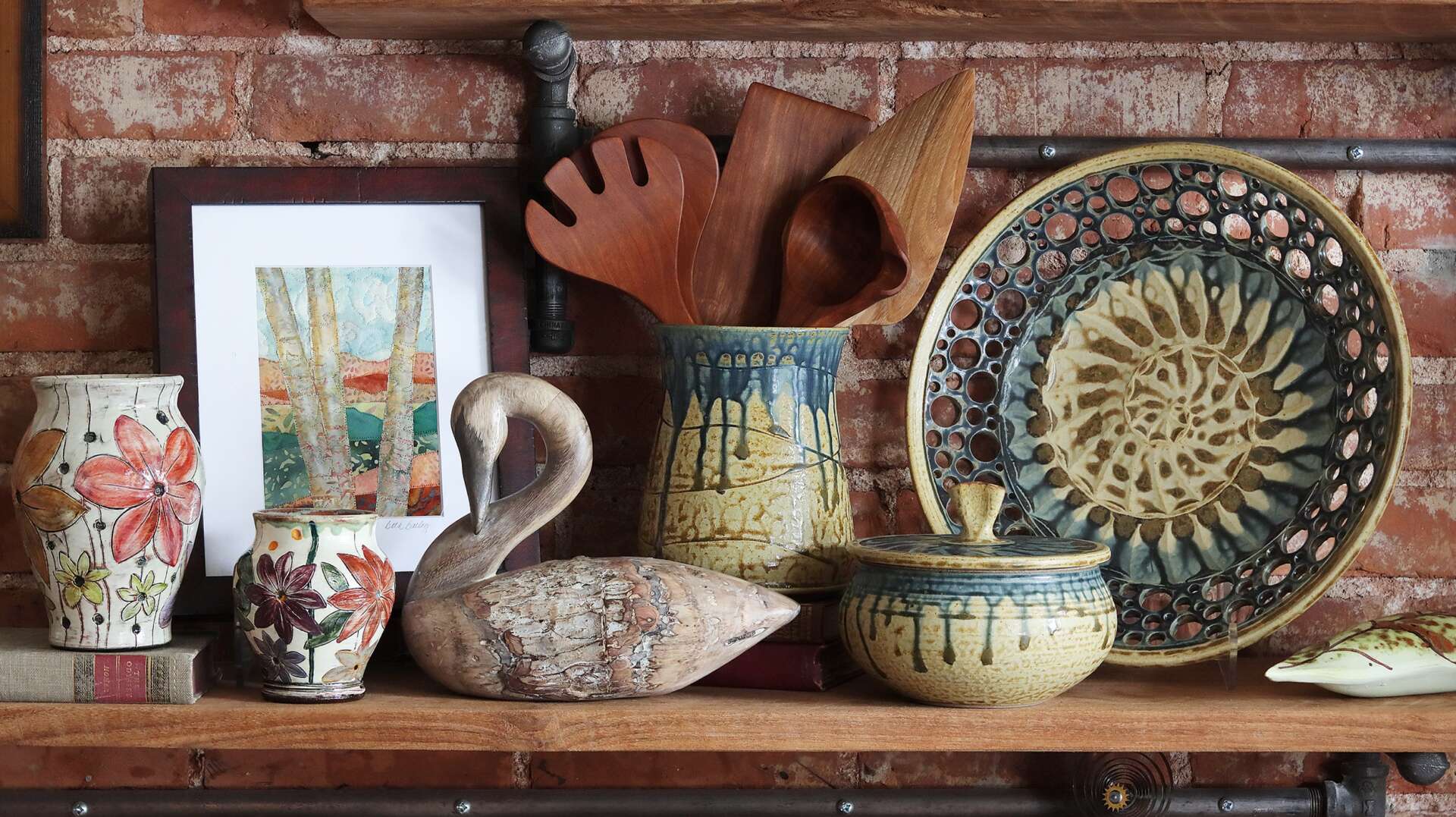
Are there any books, videos, essays or other resources that have significantly impacted your management and entrepreneurial thinking and philosophy?
Two books that I would direct any new creative entrepreneur toward are “The E-Myth” by Michael Gerber and “This is Marketing” by Seth Godin. “The E-Myth” points out the fallacy of developing a business solely around one’s own skill set and suggests that entrepreneurs plan for growth by developing systems and procedures early in the life of the business to facilitate growth over time. In “This is Marketing,” Seth Godin offers a nuanced approach to marketing which emphasizes that honest marketing is a generous act of helping others become who they seek to become. One of the points that Godin makes that should be of paricular interest to creatives is that products and services that are designed to appeal to everyone almost always fail to appeal to anyone. The path forward for small creative businesses is to appeal to the smallest viable market, a niche market that will highly value the work of that business.
Contact Info:
- Website: https://www.hamiltonwilliams.com/
- Instagram: https://www.instagram.com/
- Facebook: https://www.facebook.com/HamiltonWilliamsClayWorks
- Youtube: https://www.youtube.com/hamiltonwilliams
- Yelp: https://www.yelp.com/biz/hamilton-williams-gallery-morganton
Image Credits
Photos of Hamilton Williams should be credited to Kat Evans. All other images are owned by the business.


